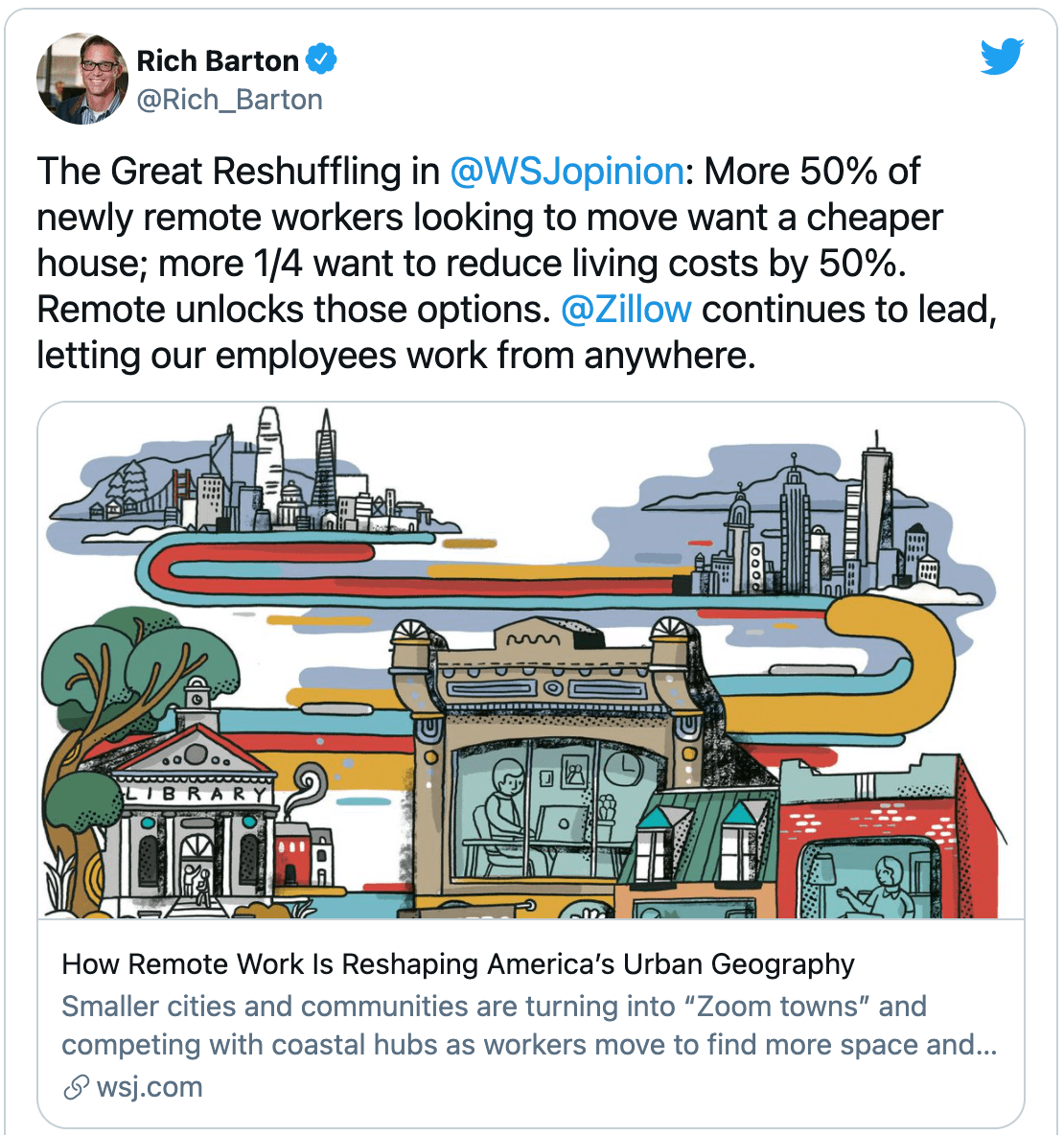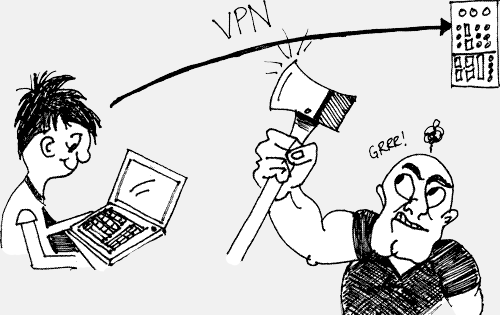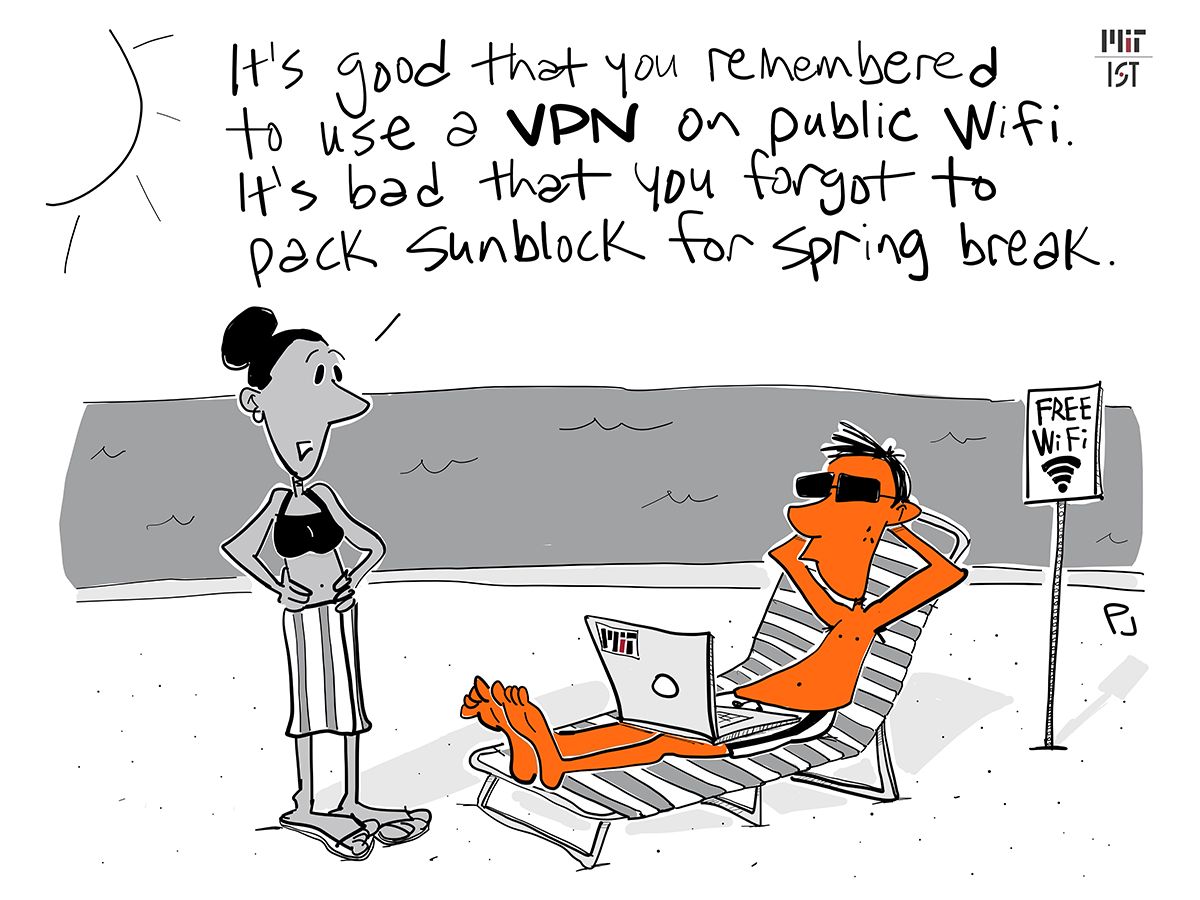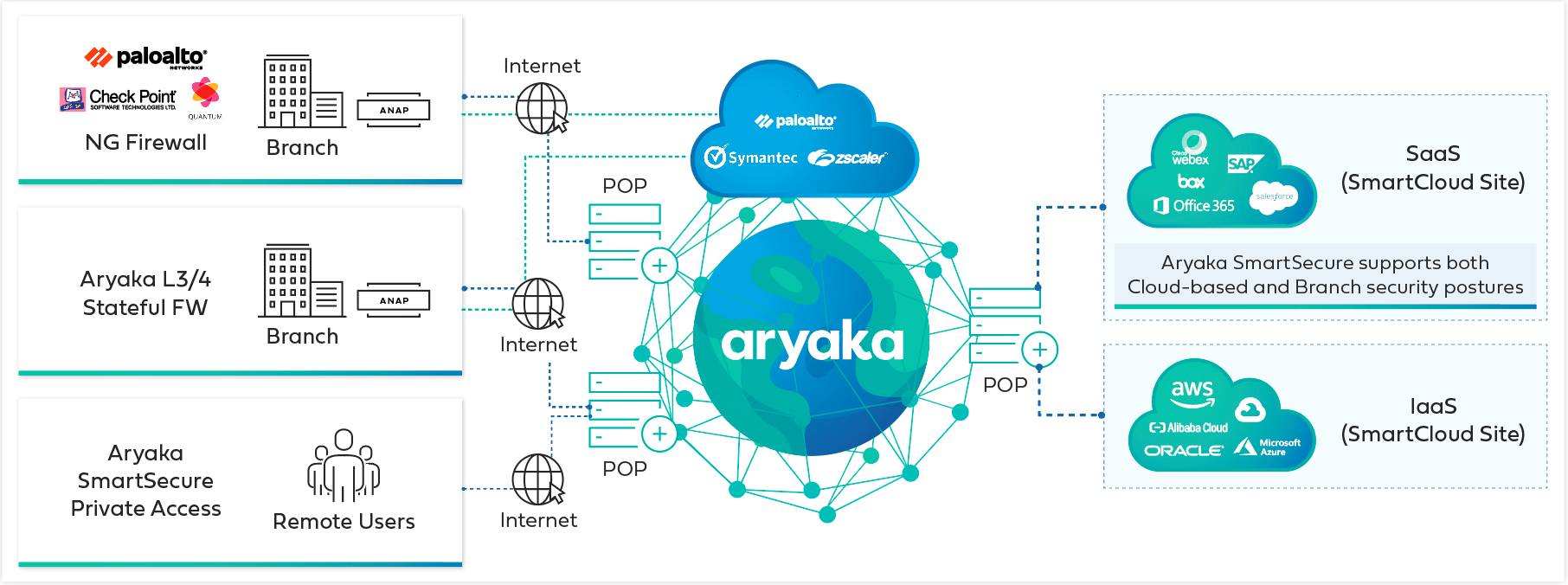What is an Enterprise VPN & How to Select the Right VPN for Your Enterprise?

Hailed as a panacea for all things pandemic, Work from Home (WFH) has struck a chord with many of you. More so with the tech industry, where the idea of “work” was to ceremoniously dress up each morning and spend a good chunk of time sitting in a brick-and-mortar office or in traffic.
While the world is in a unique predicament, forward-thinking businesses are in a stealth war for attracting new talent.
Take Zillow, for example, which saw a steep surge in applicants as they rolled out a new remote work option. Almost 56,000 people applied to Zillow in the first quarter of 2021 — up by nearly 50 percent from last year.

Not a Panacea After All
However, WFH might be less than ideal for a good section of knowledge workers. With colleges closed, schools gone online, and no place to find a sojourn — the internet has been wonky. Also, that kitchen table offers none of the ergonomics or amenities of your office.
While that’s that — there are far more severe repercussions.
Remote work comes with myriad security pitfalls. Your mission-critical enterprise data is riding on the same network as your kid’s Tik Tok traffic. An unencrypted connection where data can be sniffed, stolen, and used in more ways than one can imagine. That’s Probably why 90 percent of IT professionals believe that remote working is not secure.

What is an Enterprise VPN?
Enterprise VPNs (commonly referred to as VPNaaS or a Cloud VPN) fortify enterprise resources and facilitate speedy and safe access to them — irrespective of where they are hosted (on-premises or in the cloud) or the devices and the network they are being accessed upon.
Another advantage of an enterprise VPN is its seamless integrations with all sorts of cloud service providers. AWS, Microsoft Azure, G Suite, and Salesforce, to name a few.
As an employee logs in to the enterprise VPN solution, an encrypted tunnel is created between the user and the resources over the existing network — enabling them to browse safely. Any middle-man trying to intercept the data gets nothing but a banana.

The Fully Managed Enterprise VPN Service
VPNs were introduced around 30 years ago alongside the Peer-to-Peer Tunnelling Protocol. However, given that the basic foundation of point-to-point connectivity stands obsolete wrt the modern nomadic workforce, VPN Service has now morphed into an as-a-service model rather than a site-to-site setup.
This is where a PoP based network architecture shines. A global mesh of PoPs enables rapid scaling to support any number of global end-users. In addition, it relieves IT teams from the bane of setting up regional hubs or VPN concentrators.
This mitigates the hectic task of hardware configuration, installation, and upkeep while letting the IT folks seamlessly onboard an enterprise’s VPN service across their entire network.

What Should Enterprises Consider Before Selecting a VPN Service?
Here are a few pointers to keep in mind:
- On-Premises Centric Model vs Cloud-Based VPN Model.
An enterprise staple for years, and though it did a fair bit to help businesses, the architecture is very on-premises oriented. The core enterprise infrastructure is treated as the center of the universe and all the user traffic is funnelled through it.
While backhauling may work for a site-to-site VPN, it doesn’t sit well with SaaS, IaaS, and other cloud-based network traffic. In addition, the performance and security challenges of traditional VPNs are well recognized and documented. It fails to keep up with today’s dynamic and distributed cloud-based environments.
- Cloud-First vs Cloud-Only VPN Model.
The Cloud-Only model is based on the assumption that the internet connectivity always remains predictable and stable enough to provide a pristine user experience. While cloud is the way forward, it rides heavily on robust network connectivity — which is anything but stable given the recent splurge of users. As an enterprise, you got to spot the difference between “Cloud-First” and “Cloud-Only.”
They are not the same.
Moreover, there is a fair amount of chance that your infrastructure is hybrid in nature. The lack of predictability of the application experience and performance is the biggest drawback here, as there are no guaranteed SLAs.
- Scalability Is the Key
Enterprises are venturing into uncharted territories post-COVID. The supply chain management for a lot of them has moved from China to various other ASEAN countries. Meaning the lesser-known and poorly connected locations have suddenly become a hub for international businesses.
This sudden scalability is hard to keep up with, when you’re running around with propriety solutions on physical appliances. Despite coming with hefty price tags, the scalability of this model is quite limited and slow.
- Centralized Management for VPN Deployment
Often overlooked, yet super crucial. An intuitive central management interface is imperative to VPN deployments — more so for a globally dispersed workforce. A single pane of glass view of numerous configurations and everything that’s under the hood.
Any sketchy behaviour, and you can shut down an endpoint with the click of a button.
- Integrating VPN & SASE for More Security
Customarily, VPN solutions are treated as something completely separate from network and security deployments. That was until the market coined the idea of converging network and security intelligence to the cloud. The SASE model. Make sure your enterprise VPN solution is SASE compliant.
In addition, the solution should allow enterprises to keep their existing security policies in place, as IT teams invest a lot of time and resources in building robust policy and ensuring that the entire organization adheres to it.

Aryaka VPN Solutions for Enterprises
Aryaka Private Access is built from the ground up with the right mix of all technologies that you need to support a hybrid workforce — irrespective of their location, device, or their hosting model. (on-premises, cloud, hybrid)
The flexible consumption model also lets users dynamically relocate their subscribed bandwidth between cloud instances, branches, and remote users. Think of the branch offices, HQ, and remote workers as a single unified entity.

I understand you may have questions. Learn how we helped a U.S.-based sporting goods manufacturer in improving their remote access solution to brace the post-pandemic uncertainty.
You can also check out our webinar ‘Re-Defining VPN with SASE and a Cloud-First Solution’ to learn how Aryaka leverages a SASE-ready, Cloud-First WAN infrastructure to deliver on the flexibility required for today’s hybrid workplace.
Looking for more granular understanding? Learn more with our whitepaper on Integrating Remote Access and SD-WAN Managed Solutions.
Want to see us in action? Request a free demo.

